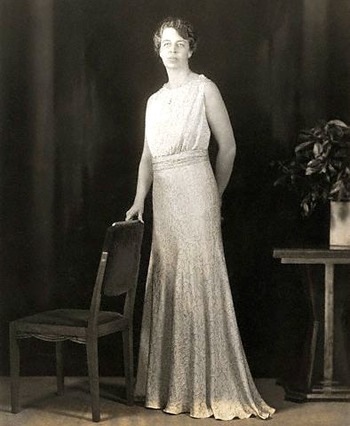|
J. William T. "Bill" Youngs, Eleanor Roosevelt: A Personal and Public Life, Chapter Seven
|
"Franklin D. Roosevelt, Eleanor Roosevelt, James, Anna, and Earl Miller, 1930" courtesy of the Wiki Commons
|
I suppose if I were asked what is the best thing one can expect in life, I would say - the privilege of being useful.
Eleanor Roosevelt, Success Magazine, 1927
Eleanor Roosevelt, Success Magazine, 1927
Chapter 7: Public Service |
SummaryThe Roosevelt family learns to adapt to Franklin's handicap. Eleanor's duties as mother and political agent for her husband increase. She enters politics in a more intimate level. She takes part in meetings, gives speeches, and becomes more political than ever.
In this section Franklin, with the help of Eleanor, overcomes his disability and is elected first Governor of New York, then President of the United States. |
Author reads from the Text
Eleanor was eager to help Franklin, but at the same time she was disturbed by her own apparent loss. She had learned during the past four years to give part of her life to a world outside her family. Now she must spend her attention almost exclusively on a handicapped husband and five bewildered children. During the winter of 1922 Eleanor slept on a cot in one of her children's rooms and used Franklin's bathroom as a dressing room. It was, she later wrote, "the most trying winter" of her entire life.

